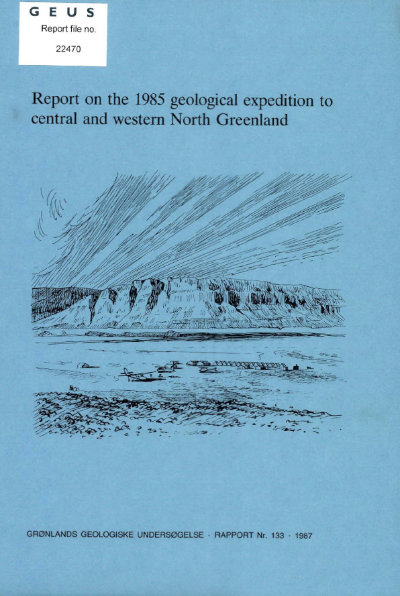Aspects of Franklinian shelf, slope and trough evolution and stratigraphy in North Greenland
DOI:
https://doi.org/10.34194/rapggu.v133.7974Abstract
The Early Palaeozoic Franklinian basin of North Greenland was initiated in early Cambrian times with the onset of siliciclastic and mixed carbonate shelf deposition on a substratum of Proterozoic sediments and Precambrian crystalline basement. The basin rapidly differentiated into shelf, slope, and trough environments. The boundary between these major depositional regimes follows major roughly east-west trending lineaments. The inner-outer shelf transition fluetuated widely in position and was controlled by the interplay between sea-level changes and periodic northwards downwarping. In Ordovician-Silurian times the margin of the carbonate platform migrated northwards to coincide with the shelf-slope break and had a steep scarp configuration with an abrupt transition to the shales and turbidites of the deep-water basin. In this paper we pay special attention to the initial basin sequence (Skagen Group), the collapsed and broken platform carbonates of the Lower Cambrian Portfjeld Formation, the Middle - Late Cambrian inner-outer shelf transition and to the nature of the Silurian platform margin scarp.
Downloads
Published
Issue
Section
License
This article is distributed under a CC-BY 4.0 licence, permitting free redistribution and reproduction for any purpose, even commercial, provided proper citation of the original work. Author(s) retain copyright over the article contents.


